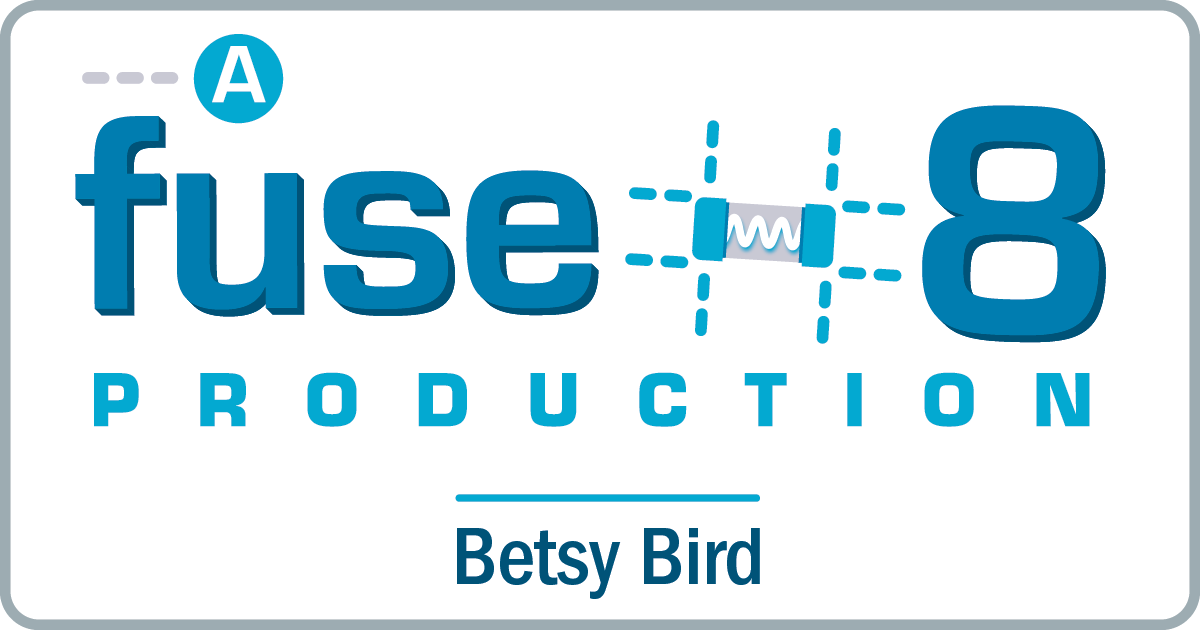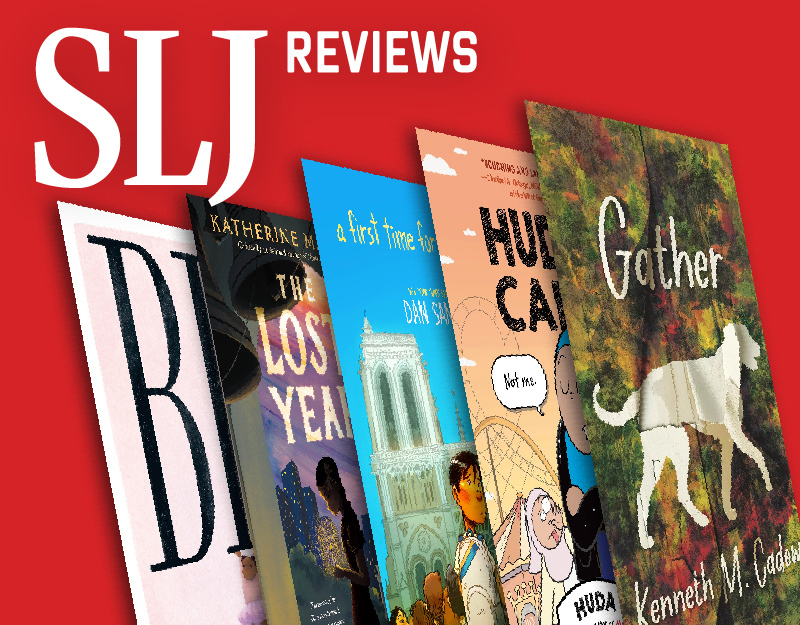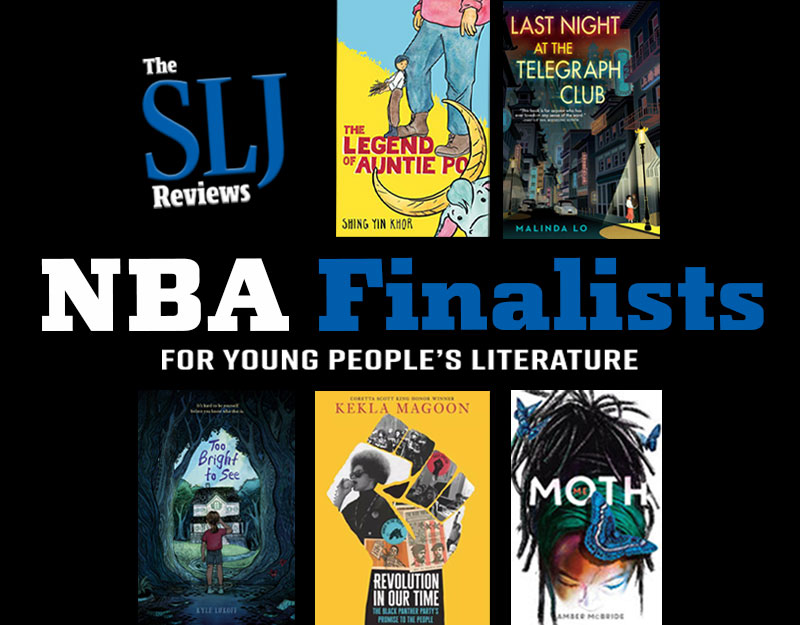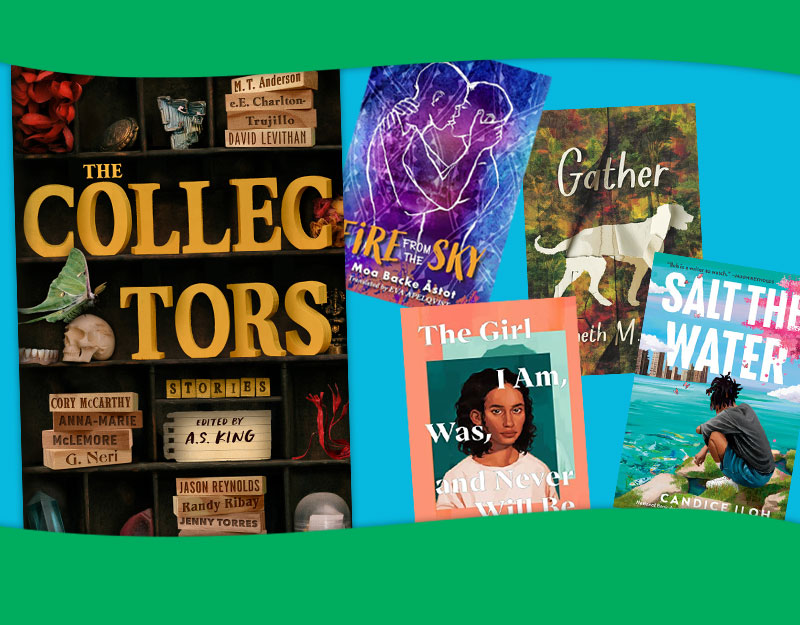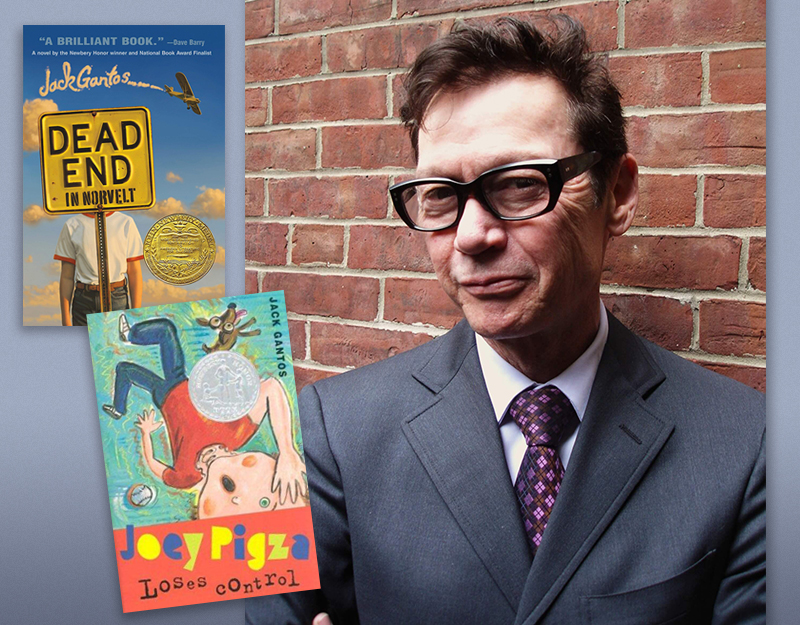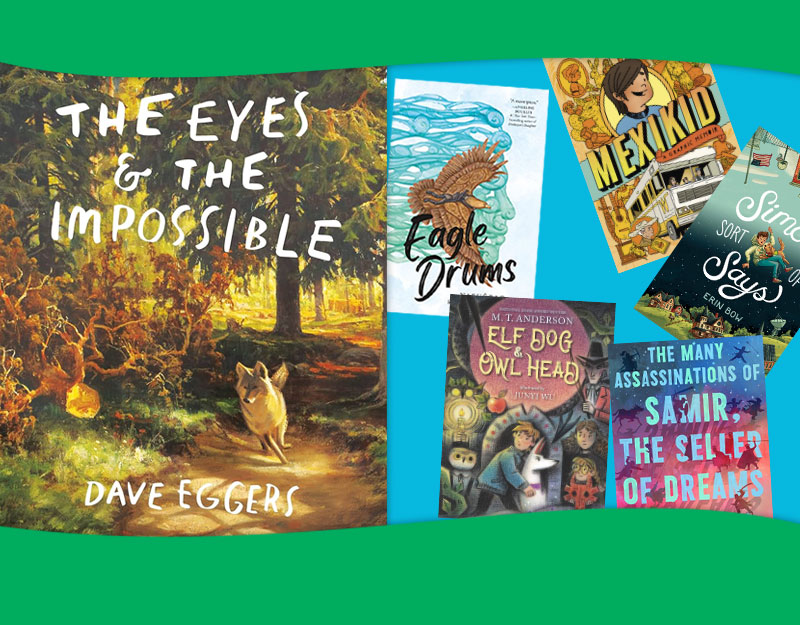Review of the Day: What’s My Superpower? by Aviaq Johnston, ill. Tim Mack
 What’s My Superpower?
What’s My Superpower?
By Aviaq Johnston
Illustrated by Tim Mack
Inhabit Media
$16.95
ISBN: 978-1-77227-140-9
Ages 4-7
On shelves August 4th
I credit Booger Beard.
I will explain.
While many children’s librarians will tell you that they have strived to make their book collections diverse and inclusive, they have always been hampered by what was being published in a given year. Nowhere is this more evident than when it comes to fun and funny books. Since #ownvoices and diversity are serious topics, they have been treated with great care and respect by authors and illustrators over the years. But as with anything, if you hand children meaningful, serious, heartfelt stories over and over and over and over, they’re going to get antsy. I mean, where’s the fun? After a while, they may begin to wonder why all the books about Jewish kids are about the Holocaust while all the African-American children either live during periods of slavery or the Civil Rights Era. Some books covering these topics are necessary, but do all of them have to? It’s really only been recently that’s we’ve seen children’s literature embrace diverse silliness. The aforementioned Booger Beard by “Vinny” Navarette features a Latino kid with a disgusting talent. Jake the Fake Keeps It Real takes the notebook novel style of Diary of a Wimpy Kid and gives it a black protagonist. And then there are books like What’s My Superpower? by Aviaq Johnson. Written by a picture book debut Inuit author, the story concentrates on a kid with a penchant for superhero abilities in a contemporary Inuit community. Put another way, it’s a book kids will clamor to read, even as they learn terms like “anaana”, “inuksuk”, and “panik”. That’s its superpower.
 If Nalvana knows one thing and one thing alone it is this: Superpowers are real. Not only that, but she’s quite certain that if she can just crack the code behind her own super powered abilities, she’d be a bonified hero, no question. Trouble is, Nalvana has a much easier time determining superpowers in her friends. At school she’s quick to inform ultra-fast Davidee that he has super speed. And Maata who can jump farther than anyone off of a swing? That’s flight in the making. Joanasie can build anything and Adamie is practically half fish, but what’s so special about Nalvana? The answer, as it turns out, is as clear as the nose on her face.
If Nalvana knows one thing and one thing alone it is this: Superpowers are real. Not only that, but she’s quite certain that if she can just crack the code behind her own super powered abilities, she’d be a bonified hero, no question. Trouble is, Nalvana has a much easier time determining superpowers in her friends. At school she’s quick to inform ultra-fast Davidee that he has super speed. And Maata who can jump farther than anyone off of a swing? That’s flight in the making. Joanasie can build anything and Adamie is practically half fish, but what’s so special about Nalvana? The answer, as it turns out, is as clear as the nose on her face.
ADVERTISEMENT
ADVERTISEMENT
Good old superheroes. In the 21st century (even more so than the 20th, I’d argue) they are our shared myths. In a world where our news feed is filled with reports of violence, terror, and less than entirely capable world leaders, superheroes fill us with a shared sense of comfort. That’s cross cultural (though the studios are taking their own sweet time diversifying our cinema). Part of what I love so much about “What’s My Superpower?” is that it begins by simply assuming that the child readers know what superheroes are, know what superpowers are, and share with Nalvana a desire to be special in some way. Other picture books for kids have done similar tie-ins. For example, the lovely Lucia the Luchadora by Cynthia Leonor Garza, illustrated by Alyssa Bermudez, did a top-notch job of equating superheroes with luchadores and luchadoras. This book eschews such a direct one-to-one comparison, content merely to show how an overwhelming need to be “super” in some way is a universal condition.
 For all that, the book actually doesn’t appear to see itself as a purveyor of cross-cultural understanding. There is no extensive Afterword telling kids what daily life would be like for Nalvana. It contains an Inuktitut Glossary of only four words. There aren’t any maps, nor even a mention of where Nalvana lives in the text (the story says she lives “in the very middle of a small town where winter is always longer than summer”). What is there is quite a bit subtler. As an author, Johnston does a good job of incorporating Nalvana’s daily reality into a picture book format. Child readers that are not a part of the Arctic community will come across mentions of snowmobiling goggles, inuksuk, parents that are carvers, etc. All these details flesh out the book’s sense of place, never hijacking the narrative. Nalvana lives in a 21st century Inuk household. Kinda makes you want to exchange this title for every picture book that still comes out showing the Inuit as “Eskimos” in igloos (and trust me, those books are far from gone).
For all that, the book actually doesn’t appear to see itself as a purveyor of cross-cultural understanding. There is no extensive Afterword telling kids what daily life would be like for Nalvana. It contains an Inuktitut Glossary of only four words. There aren’t any maps, nor even a mention of where Nalvana lives in the text (the story says she lives “in the very middle of a small town where winter is always longer than summer”). What is there is quite a bit subtler. As an author, Johnston does a good job of incorporating Nalvana’s daily reality into a picture book format. Child readers that are not a part of the Arctic community will come across mentions of snowmobiling goggles, inuksuk, parents that are carvers, etc. All these details flesh out the book’s sense of place, never hijacking the narrative. Nalvana lives in a 21st century Inuk household. Kinda makes you want to exchange this title for every picture book that still comes out showing the Inuit as “Eskimos” in igloos (and trust me, those books are far from gone).
What’s My Superpower? is just the latest publication from the publisher Inhabit Media. Described on their own website as an Inuit-owned publishing company that works, “to ensure that Arctic voices are heard and that they have the opportunity to contribute to Canadian literature,” they distinguish themselves from other small publishers above and beyond their core mission. The important thing to remember with Inhabit is the degree to which they work to have the best possible illustrations accompanying their books. To do this, they tap a wide range of artists. Tim Mack is the latest of these, and from what I can tell this is his picture book debut. An artist whose style replicates animators most closely, it stands to reason that a man comfortable penning monsters, aliens, and robots in his spare time could bring life to a girl with a yen for superhero antics. The funny thing is that Mack’s art is really reigned in here. We don’t see imaginary foes or flights of fancy. Even when the other kids display their “superhero” abilities, they’re realistic (and sometimes we see them after the action has taken place, which is a bit peculiar). One wonders how different the book could have been if Mack had been given free range to really let go. As it stands, he does a good job encompassing the surprisingly large amounts of text per page within his art and his characters belie their simplicity by exhibiting a range of emotions. It’s a solid start to what could well become an illustrious career. Let’s just hope Mack is allowed to get a little wilder in his future children’s book endeavors.
 I’m not a huge fan of pat endings. At the finale of this book, Nalvana’s mom lets her daughter know that making people feel good about themselves is her daughter’s superpower. Nalvana accepts this explanation readily, and it’s a sweet moment, if a bit on the nose. There are plenty of kids out there who’d trade that super ability for X-ray vision or invisibility any day of the week. Now here’s the million-dollar question: Can you name this particular book’s superpowers? Any ideas? If I had to guess I’d say it has the ability to defeat stereotypes, crush misconceptions, and elevate the truth. I wouldn’t call it a perfect book but I honestly feel that kids need a wide array of diverse titles. They need historical seriousness as well as goofball delight. Johnston and Mack squarely place this book in the latter category. Kids will be all the more grateful that they did.
I’m not a huge fan of pat endings. At the finale of this book, Nalvana’s mom lets her daughter know that making people feel good about themselves is her daughter’s superpower. Nalvana accepts this explanation readily, and it’s a sweet moment, if a bit on the nose. There are plenty of kids out there who’d trade that super ability for X-ray vision or invisibility any day of the week. Now here’s the million-dollar question: Can you name this particular book’s superpowers? Any ideas? If I had to guess I’d say it has the ability to defeat stereotypes, crush misconceptions, and elevate the truth. I wouldn’t call it a perfect book but I honestly feel that kids need a wide array of diverse titles. They need historical seriousness as well as goofball delight. Johnston and Mack squarely place this book in the latter category. Kids will be all the more grateful that they did.
On shelves August 4th.
Source: Final copy sent from publicist for review.
Like This? Then Try:
- Lucia the Luchadora by Cynthia Leonor Garza, ill. Alyssa Bermudez
- Ladybug Girl by Jacky Davis, ill. David Soman
- Splash, Anna Hibiscus by Atinuke, ill. Lauren Tobia
Filed under: Best Books, Best Books of 2017, Reviews, Reviews 2017
About Betsy Bird
Betsy Bird is currently the Collection Development Manager of the Evanston Public Library system and a former Materials Specialist for New York Public Library. She has served on Newbery, written for Horn Book, and has done other lovely little things that she'd love to tell you about but that she's sure you'd find more interesting to hear of in person. Her opinions are her own and do not reflect those of EPL, SLJ, or any of the other acronyms you might be able to name. Follow her on Twitter: @fuseeight.
ADVERTISEMENT
ADVERTISEMENT
SLJ Blog Network
One Star Review, Guess Who? (#202)
Exclusive: Giant Magical Otters Invade New Hex Vet Graphic Novel | News
Parsing Religion in Public Schools
Take Five: LGBTQIA+ Middle Grade Novels
ADVERTISEMENT

